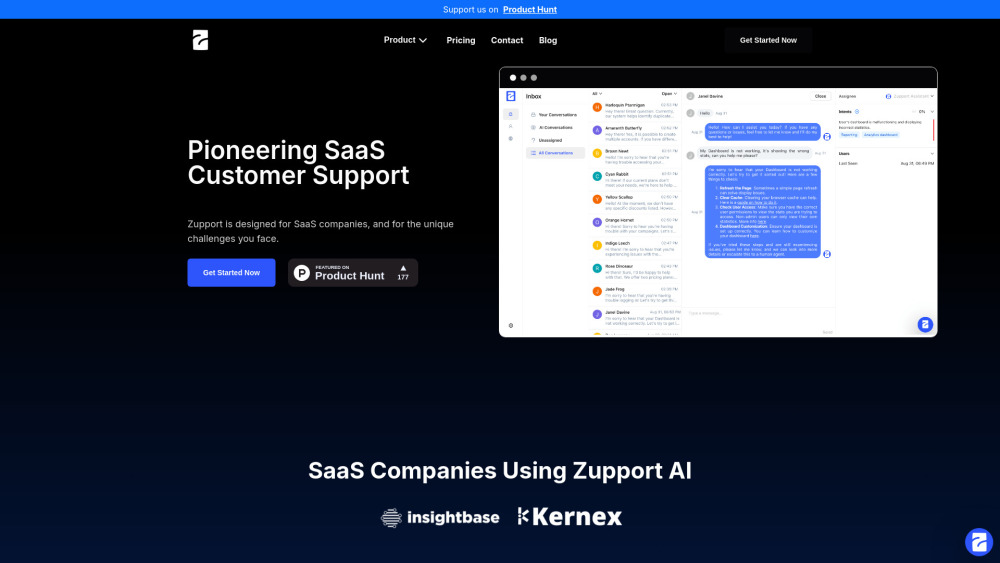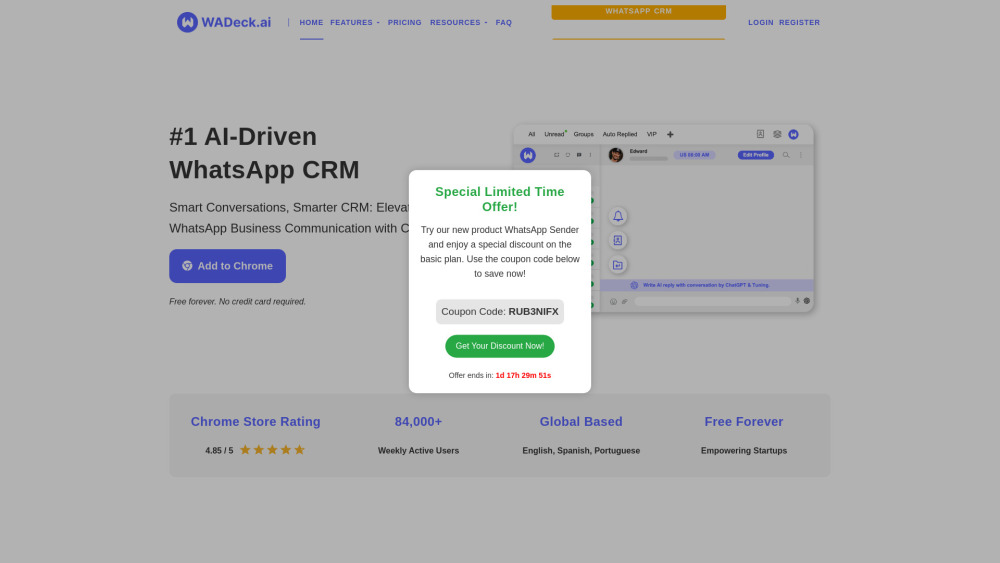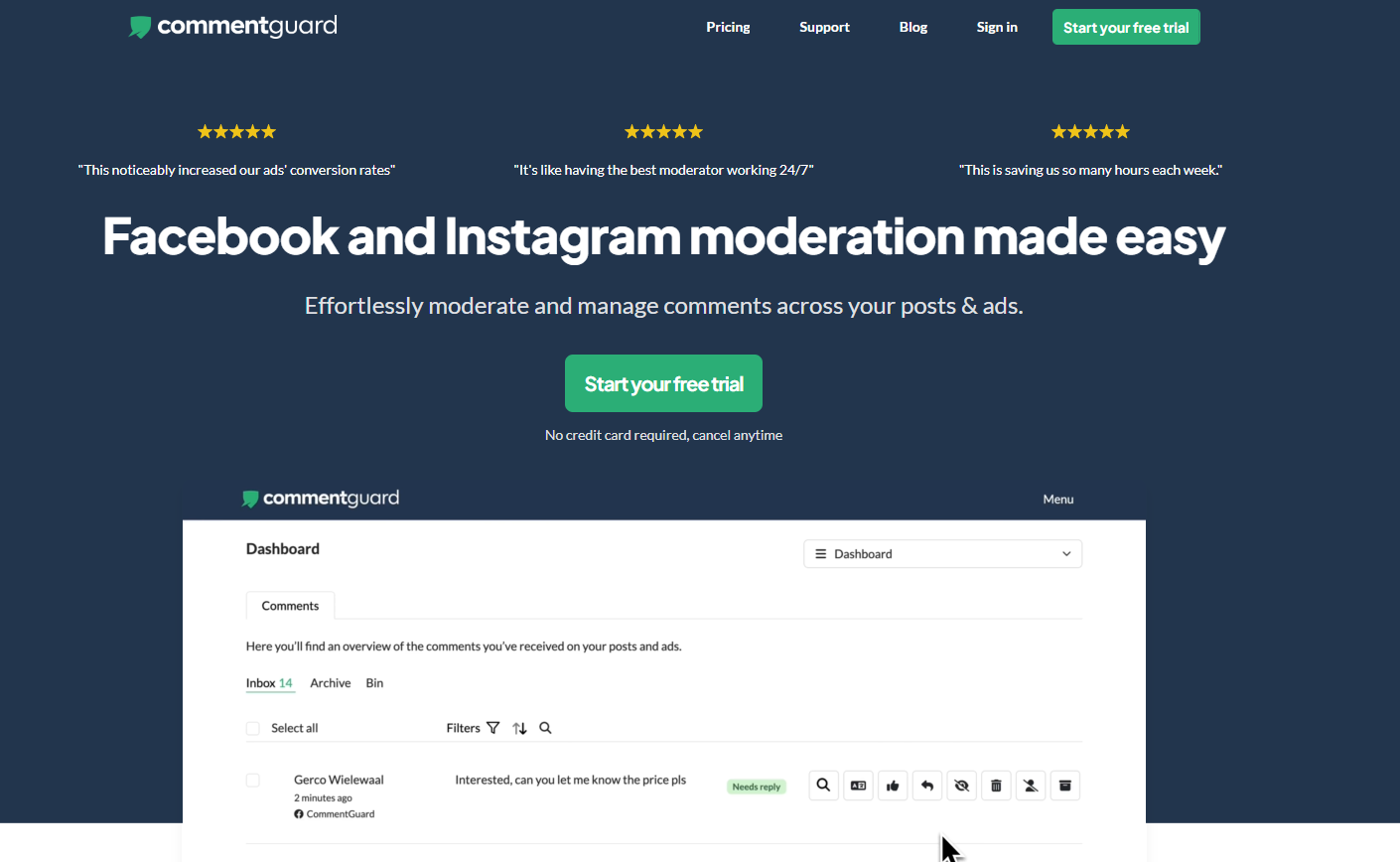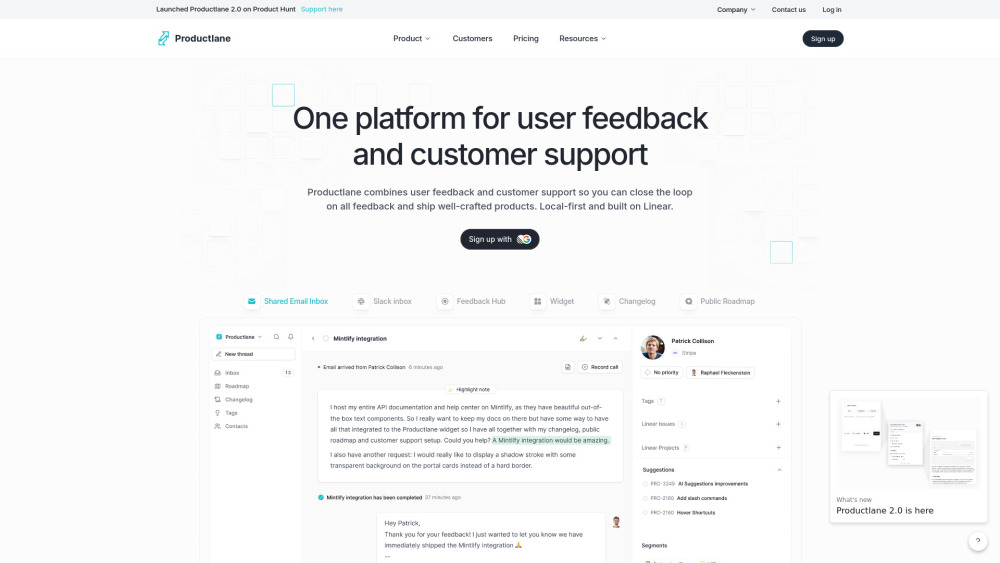Zupport AI | Customer Support for SaaS Companies

Product Information
Key Features of Zupport AI | Customer Support for SaaS Companies
Zupport AI offers a range of features, including a powerful help center, feature requests, and Slack synchronization, to help SaaS companies provide exceptional customer support.
AI Intent Detection
Zupport AI detects the intent of the user's message and provides context-aware replies to users and support teams.
Duplicated Issue Handling
Zupport AI handles duplicated issues automatically by using AI to detect similar issues and suggest solutions to users.
In-App Feature Requests
Allow users to easily suggest new features without leaving your app, helping you build a product your customers will love.
Bug & Issue Enrichment
Zupport AI automatically enriches issues with user information, such as console errors, failed HTTP requests, device, browser, and more.
Powerful Help Center
Build a multilingual self-service help center for your customers, with a dark theme built-in.
Use Cases of Zupport AI | Customer Support for SaaS Companies
Reduce duplicated issues and response time with AI-powered issue detection.
Improve customer satisfaction with context-aware replies and solutions.
Allow users to easily suggest new features without leaving your app.
Automatically enrich issues with user information for faster resolution.
Pros and Cons of Zupport AI | Customer Support for SaaS Companies
Pros
- Solves duplicated issues and reduces response time.
- Improves customer satisfaction with context-aware replies and solutions.
- Increases agent productivity with automated issue enrichment.
- Provides a powerful help center for self-service support.
Cons
- May require integration with existing support systems.
- Some features may require additional setup and configuration.
- May require training for support teams to effectively use the platform.
How to Use Zupport AI | Customer Support for SaaS Companies
- 1
Sign up for a free account on the Zupport AI website or app.
- 2
Integrate Zupport AI with your existing support systems.
- 3
Configure and customize the platform to meet your needs.
- 4
Train your support team to effectively use the platform.







